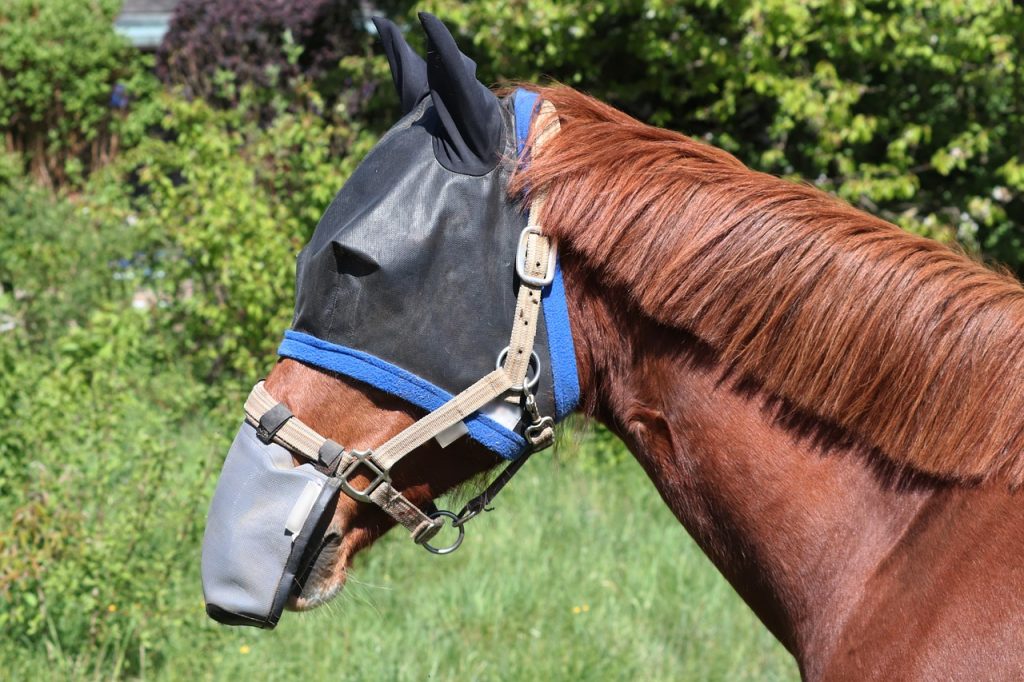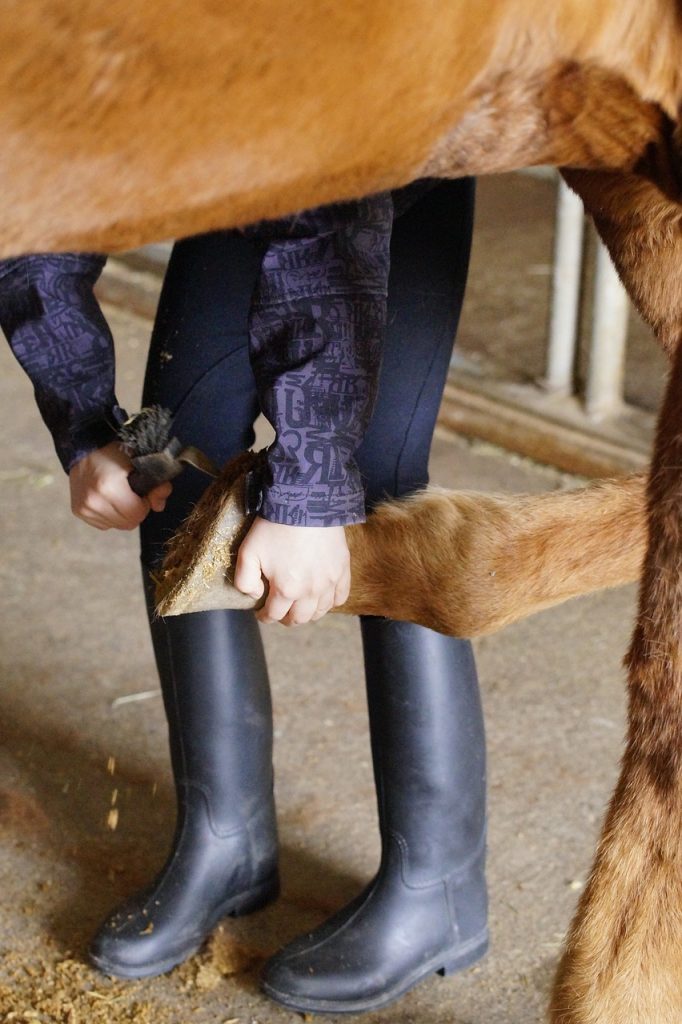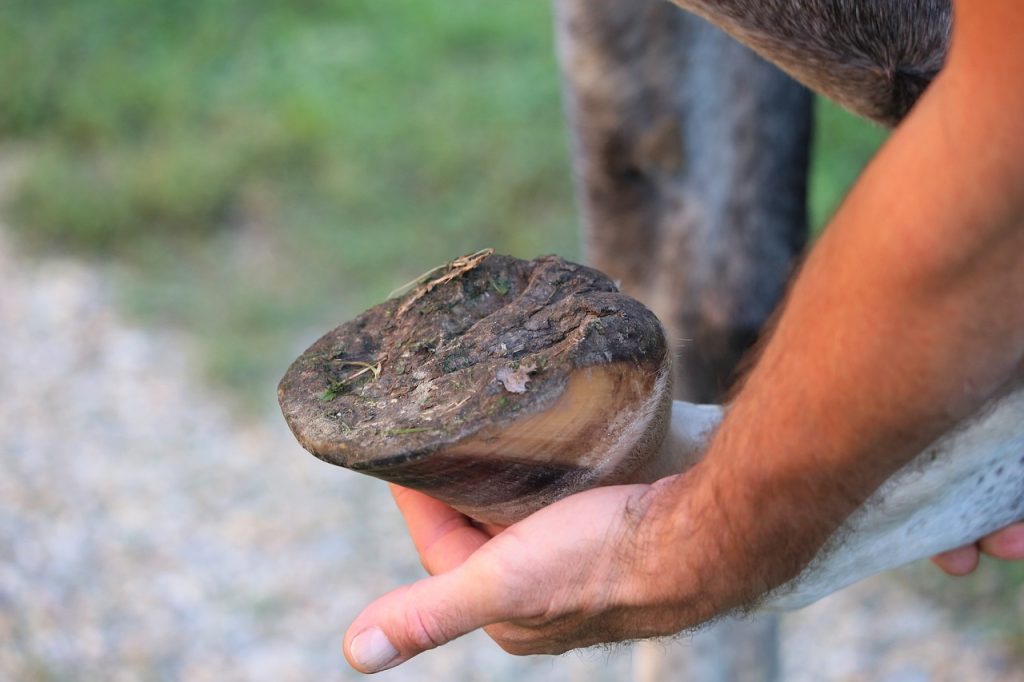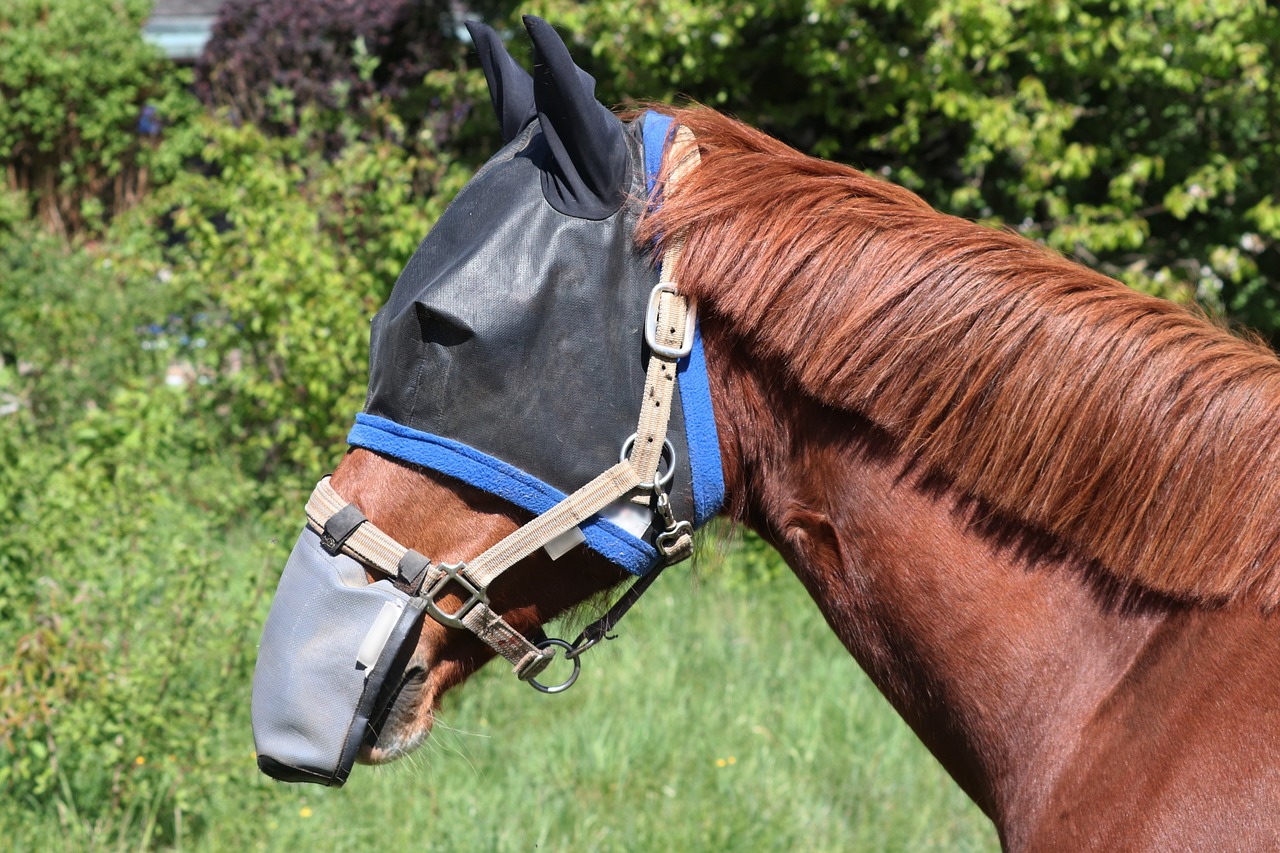In the “Essential Guide to Beginner Horse Care,” you’re going to find all the foundational advice needed for basic horse training and care. This guide is designed to equip you with gentle yet vital techniques that foster trust and cooperation between you and your equine friend. Brace yourself for an enlightening journey into the world of beginner horse care which, with the right guidance, is set to transform you into a confident and well-informed horse handler or rider. So saddle up, and let’s get started on this transforming journey.
Understanding the Needs of a Horse
When it comes to caring for a horse, understanding their needs is vital. Horses, like humans, have social, physical, and mental requirements that must be met for them to thrive.
Understanding the Horse’s Social Needs
Horses are social creatures by nature, and need interaction with other horses and people to stay happy and healthy. They are herd animals, and should ideally be kept in a group setting. If this isn’t possible, ensure they can at least see and touch other horses. They also bond with their human caregivers and riders, so make time for regular interaction, play and grooming.
Understanding the Horse’s Physical Needs
Physically, horses need a balanced diet, a safe and comfortable place to live, and plenty of exercise. They are designed to move and graze constantly, so aim for as much turnout time as possible. Regular veterinary checks, including vaccinations, deworming, and dental care, are also crucial for keeping your horse healthy.
Understanding the Horse’s Mental Needs
Mentally, horses need stimulation and challenge. This can come through training, problem-solving activities, and varied environments. Remember to always use positive reinforcement methods, and to work within your horse’s comfort zone to avoid unnecessary stress.
Choosing the Right Horse for You
Selecting the right horse to suit your personality, experience, and lifestyle is critical to your equestrian journey.
Recognizing Horse Breed Differences
Different horse breeds have different characteristics and temperaments, which can affect their suitability for various riders and purposes. Thoroughbreds, for example, are often energetic and athletic, well suited to competitive sports. Quarter Horses, on the other hand, can be more laid back and versatile.
Factors to Consider When Choosing a Horse
When choosing a horse, consider factors such as your riding skills, the horse’s training, size, age and temperament, and your long term goals. You should also consider the cost of caring for a horse, which involves food, healthcare, housing, and equipment costs.
Importance of a Pre-Purchase Exam
Finally, always get a pre-purchase veterinary exam. This will give you a clear picture of the horse’s health and soundness before you make a commitment, helping you avoid potential heartbreak and expense down the road.

This image is property of pixabay.com.
Learning Basic Horse Anatomy
To effectively care for your horse, learning about their body, senses, and common health issues is helpful.
Parts of a Horse Body
A basic understanding of horse anatomy can help you identify signs of illness or injury. Familiarize yourself with the various parts of a horse’s body, from their hooves to their hocks, their muzzle to their mane.
Understand the Horse’s Senses
An understanding of the horse’s senses, such as their exceptional hearing and wide field of vision, can also improve your relationship with them. It’ll help you appreciate why they might react to certain sounds, sights or touch.
Common Horse Health Issues and Warning Signs
Learn about common horse health issues, such as colic, laminitis, and skin disorders. Knowing the warning signs can help you catch any potential problems early and get timely veterinary care.
Daily Horse Care Routine
Caring for a horse daily involves feeding, grooming, and exercise.
Feeding the Horse
Horses need two types of feed: forage (hay or grass) and concentrate (grains or pellets). For optimal health, their diet should consist mostly of forage, with concentrate to provide extra nutrients, if needed.
Grooming the Horse
Regular grooming keeps the horse’s coat healthy, helps you spot any health issues, and strengthens your bond with your horse. Tools you’ll need include a curry comb, body brush, mane and tail comb, and hoof pick.
Regular Exercise for the Horse
Horses need regular exercise to maintain good health and condition. This can include riding, lunging, and allowing them to run freely in a safe pasture or paddock.

This image is property of pixabay.com.
Understanding Nutritional Needs of a Horse
A nutritious diet is essential for your horse’s health and well-being.
Basic Horse Diet
The cornerstone of a horse’s diet is quality forage, which provides the necessary fibre for healthy gut function. Any grain or concentrated feed should be provided based on work level and the horse’s condition.
Vitamin and Mineral Requirements
Horses also have specific vitamin and mineral requirements which can be met through a balanced diet and/or supplementation, as advised by your vet.
Recognizing and Managing Horse Obesity
Overfeeding can lead to obesity, a serious health problem in horses. Learn to recognize the signs of obesity and consult with your vet or a equine nutritionist for advice on diet and exercise regime.
Learning Basic Horse Behavior
Understanding how your horse communicates can make training and everyday handling easier and more rewarding.
Interpreting Horse Emotions Through Body Language
Horses use body language to express their feelings. By observing their ears, eyes, nostrils, mouth, tail and overall body posture, you can learn to understand their emotions and respond appropriately.
Normal and Abnormal Horse Behaviors
Learn what is normal and abnormal behaviour for a horse. Behaviors such as kicking, bucking, rearing and biting are often signs of discomfort, fear or a lack of respect.
Training Techniques for Basic Horse Control
Training focuses on basic horse control and fostering a sense of respect and trust. Use gentle and effective training techniques that encourage cooperation and positive interaction.

This image is property of pixabay.com.
Horse Healthcare and Veterinary Checks
Regular veterinary care is crucial to keep your horse healthy and prevent illnesses.
Routine Veterinary Check-ups
Regular check-ups are essential and can help you catch any health problems early. A vet will check your horse’s teeth, hooves, heartbeat, and overall body condition.
Vaccination and Deworming Schedules
Maintain a regular schedule for vaccinations and deworming to protect your horse from various diseases and parasites. Your vet can guide you on the appropriate schedules.
Understanding and Dealing with Medical Emergencies
Knowledge on equine medical emergencies can mean the difference between life and death. Learn to recognize the signs of serious problems and have a plan for prompt veterinary care.
Understanding Horse Equipment and Tack
Knowing the necessary equipment and maintaining it is also part of caring for a horse.
Essential Horse Tack for Beginners
Basic tack includes a bridle, saddle, girth, saddle pad, and halters. It’s important to ensure the equipment fits properly to avoid causing discomfort or injury.
How to Properly Fit Tack on a Horse
Improper tack fit can lead to discomfort, pain, and behavior issues, therefore, it’s crucial to learn how to properly fit tack on your horse. This can involve adjusting the girth, checking that the saddle doesn’t pinch or slip, and measuring for the right bridle size.
Cleaning and Maintenance of Horse Tack
Regular cleaning and maintenance of horse tack can prolong its lifespan and prevent discomfort or injury to your horse. This involves routine cleaning, conditioning, and checks for any damage or wear and tear.
Securing Appropriate Accommodations for a Horse
A horse’s living conditions can greatly affect their health and happiness.
Types of Horse Shelters
Horses need protection from adverse weather conditions. Options include a stable, run-in shed, or natural shelter like a tree or hedge.
Ideal Living Conditions for a Horse
A horse’s living area should be clean, safe, dry, and have adequate ventilation. It’s also important that they have plenty of access to fresh water and free movement.
Maintaining Clean and Safe Stalls and Pastures
Regularly clean stalls and pastures to prevent disease and injury. Remove manure and soiled bedding, check for hazards, and ensure fences and gates are secure.
Building Positive Relationship with Your Horse
Caring for a horse is not just about their physical needs, but also about building a strong, respectful relationship with them.
Understanding Horse Communication
Horses communicate through a combination of body language, sounds, movement, and touch. Observing and learning their communication signals can enhance your interactions with them.
Setting Clear Expectations and Boundaries
Setting clear boundaries and expectations is crucial in your relationship with your horse. Rules and routines provide your horse with a sense of security, while being gentle and consistent in your guidance establishes respect.
Fostering Trust and Respect with Your Horse
Trust and respect is the foundation of a good relationship with your horse. Be patient, treat your horse kindly, and allow the bond to develop naturally over time.
In conclusion, caring for a horse is a big commitment that requires time, resources, and a lot of love. But if you are willing to meet these requirements, the rewards can be incredibly fulfilling, providing you with a loyal, loving and strong companion.
